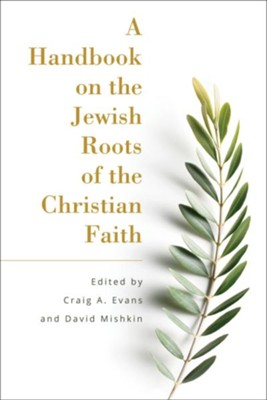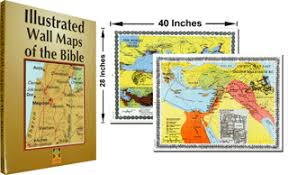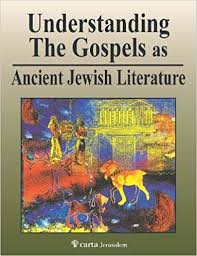The Christian Book Review Blog
Are you a serious Bible student? Serious! Really serious! If you answer in the affirmative, then Hendrickson has just published a Bible precisely for you – the 2011 NIV Loose-Leaf Bible. It’s a Bible with plenty of room in the margins for your personal notes and discoveries.
As the title describes, this is a loose-leaf version and it can be purchased with or without the binder that fits which has “Holy Bible” embossed in gold letters on the front. It’s a wise decision, otherwise you’ll have to purchase a four-inch one to hold this massive volume. Besides, it looks classy.
Yes, it’s big, so probably it’s not one that you can carry with you to church every Sunday or perhaps not even to your favorite Bible study. But for sincere, detailed, note-taking, personal Bible study, it is ideal. Permit me to provide some of the hard-core specifics.
The Bible…
View original post 320 more words





